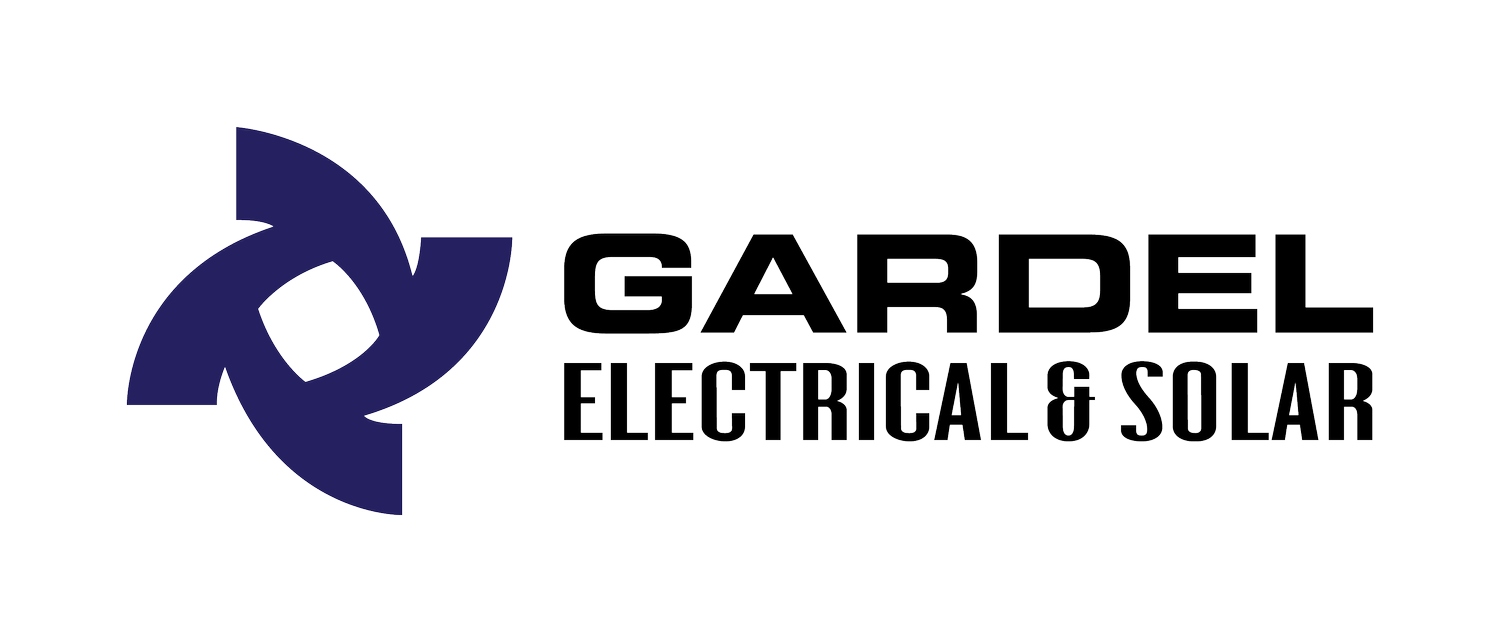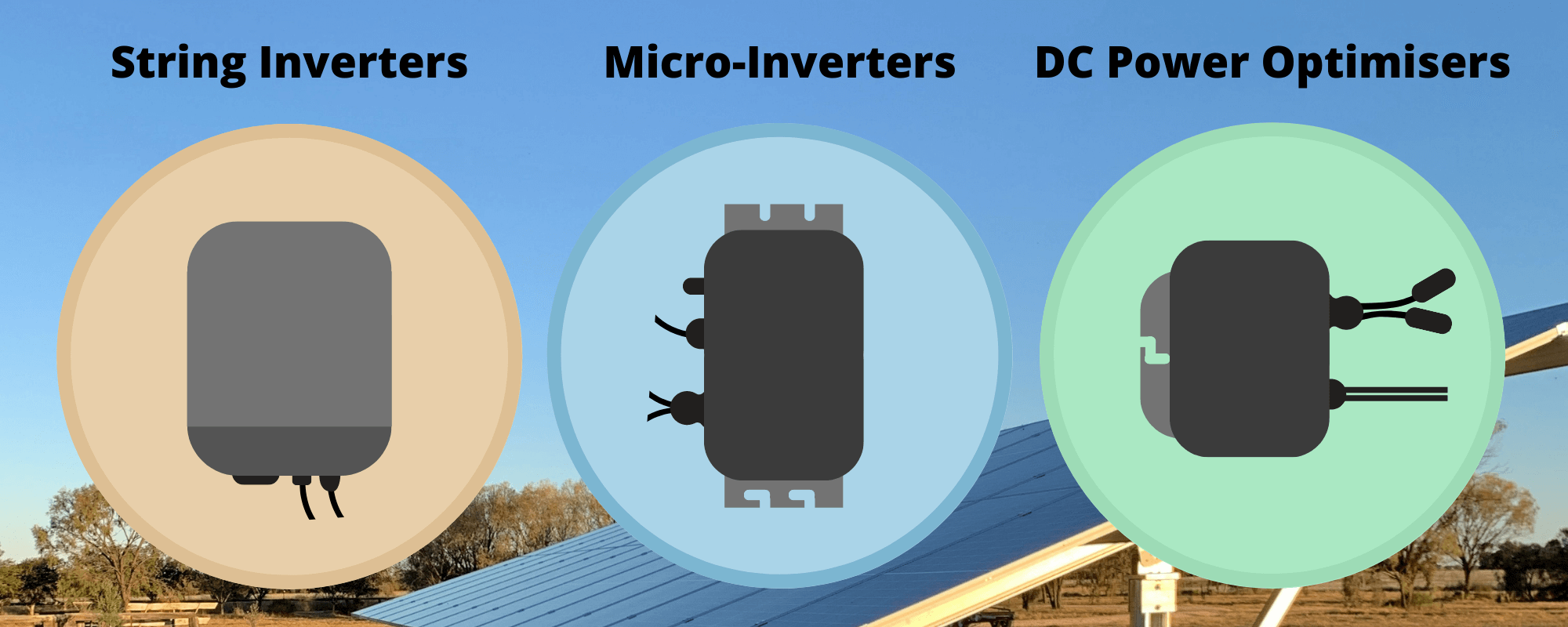Which solar inverter should you pick for your system?
A Solar Inverter is one of the most important parts of any solar PV system. When it comes to selecting an Inverter for your System, there is no “one-size fits all” approach.
There are three main types of Inverters:
String Inverters (or Central Inverters)
Micro-Inverters
DC Power Optimisers
Give this video a watch to find out the benefits and drawbacks of each Inverter type. This will help you make a decision that suits your needs and budget, to ensure you get the most out of your future Solar System.
What is a String Inverter and how does it work?
A String Inverter system is the most common and affordable inverter and works really well in most cases. Individual panels are connected together in “strings” and wired to the inverter. With string inverters, panels in the same string must have the same orientation so that each one has the same power output.
Multiple strings can be connected to the same inverter, so if you are placing panels on two different roof planes, a string inverter is still an option. The downfall of string inverters is that if you have shading over even a small portion of your panels - the energy output decreases across the whole system.
Another downside to string inverters is that it’s impossible to track which of the panels is underperforming because panels connected in a string can’t be tracked individually. So finding 1 underperforming panel in a string of 10 can be time difficult.
What is a Micro Inverter and how does it work?
Micro inverters are one of the 2 solutions that address the issues we have mentioned with String Inverters. If you have shading on your roof, then you may consider micro inverters as an option. Rather than using a string inverter, micro inverters are smaller individual inverters placed directly onto each panel.
This means that each panel is a separate energy module and will not impact any of the other panels. If one panel in an array of 20 panels is shaded and only producing at 50% capacity, this won’t impact the energy production of any other panels in an array. This means the entire system can still produce 97.5% of the capacity.
Another positive, is that the energy production by each individual panel can be accurately tracked, usually from a mobile phone app or web-based page. This means you can easily identify any underperforming panels and use that to find solutions. Micro inverters are also marginally safer than string inverters because they convert the DC energy into AC power at the module level and there are no high DC voltages present.
The major downside of micro inverters is the price - which is quite a bit higher when compared to string inverters. The maintenance costs can also be higher because you now have potentially 20 individual inverters that can fail.
What is a Power Optimiser and how does it work?
Power Optimisers are a bit like a hybrid between string inverters and micro-inverters. Similar to micro-inverters, a power Optimiser is a small attachment to the back of every panel. Power Optimisers enable the maximum energy harvest from individual panels, like a Micro inverter, and can be monitored on an individual panel level.
Similar to a micro-inverter, Power Optimisers are also very safe, because the power will be isolated at the panel during failures. While Power Optimisers are more expensive than a simple string inverter system, they cost less than micro inverters - and combine the benefits of both.
As such, we recommend Power Optimisers where shading or a complicated roof design would negatively impact the performance of your Solar System. However, if you are lucky enough to have an uncomplicated, unshaded roof, then a string inverter by itself is still a great option.
Good luck with your solar plans! If you have any questions or would like a quote for your property that you can trust, get in contact with our team of solar specialists.



